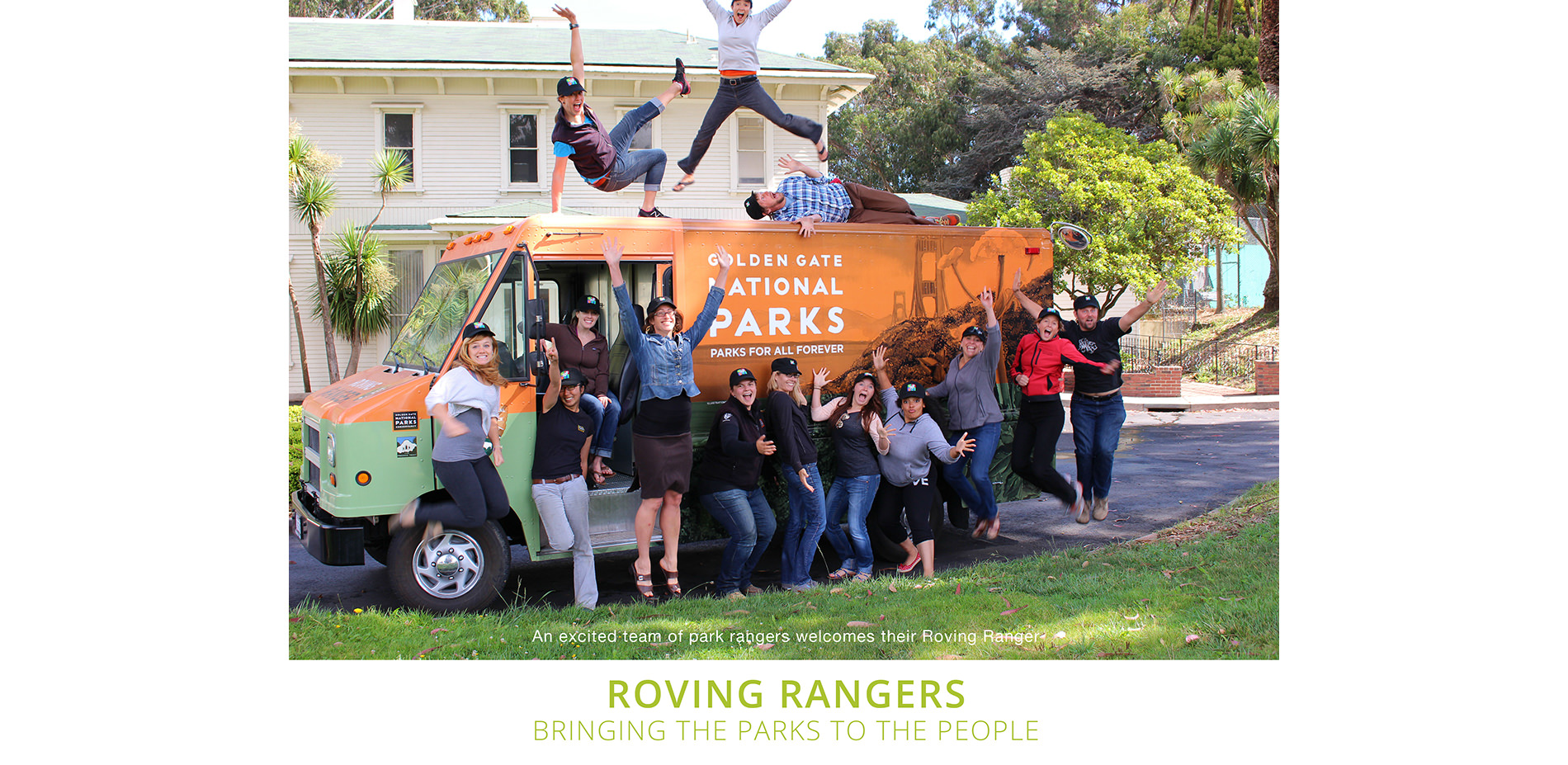
An excited team of park rangers welcomes their Roving Ranger
Photo Credit: BASE Landscape Architecture
Media: Please submit high-resolution image requests to images@asla.org.
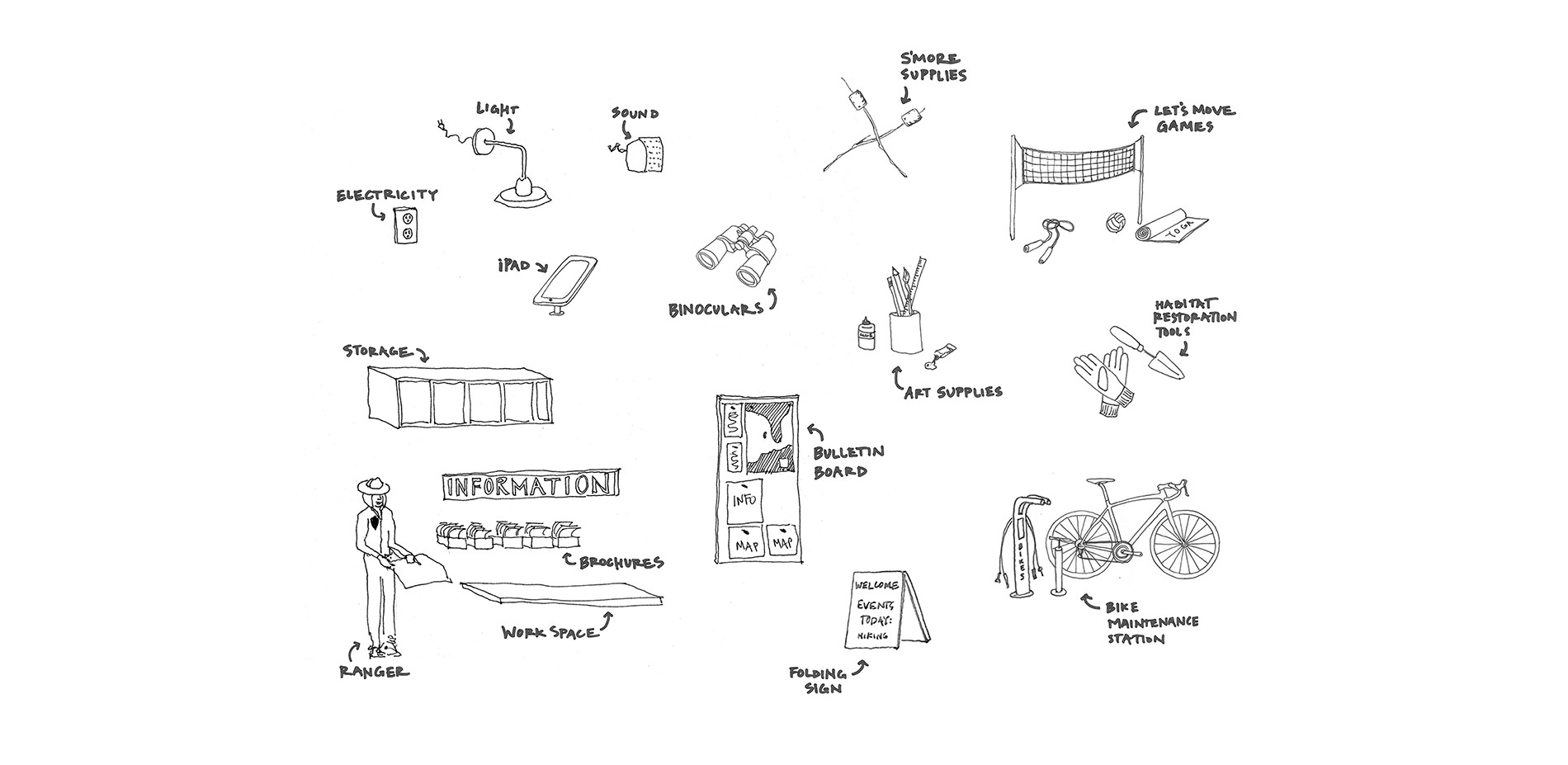
KIT OF PARTS
We develop a tailor made kit of parts to make each Roving Ranger useful, engaging and unique.
Photo Credit: BASE Landscape Architecture
Media: Please submit high-resolution image requests to images@asla.org.
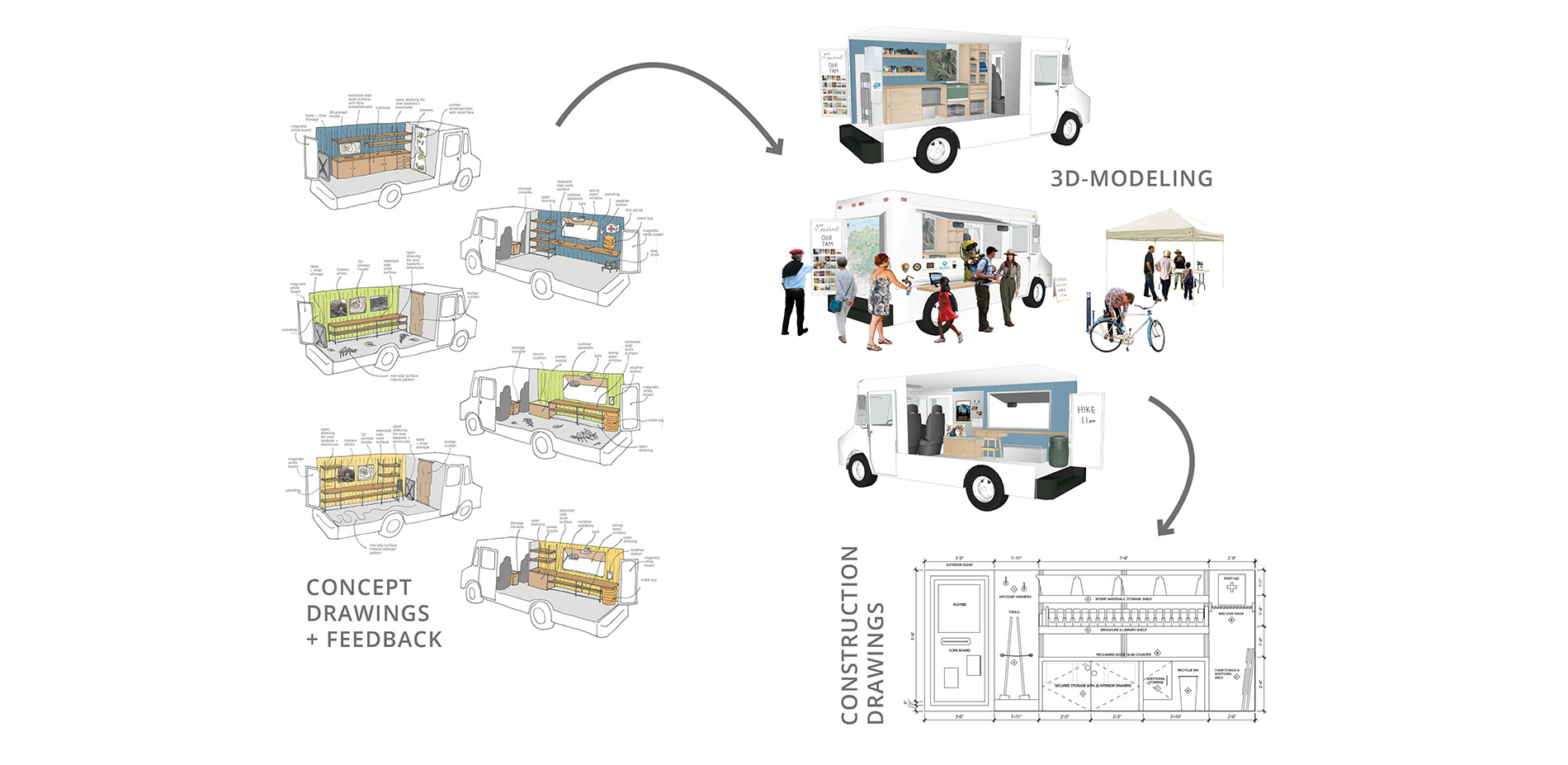
DESIGN PROCESS
We worked with park staff to design an interior that would allow rangers to provide a fun and informative outreach experience to visitors.
Photo Credit: BASE Landscape Architecture
Media: Please submit high-resolution image requests to images@asla.org.
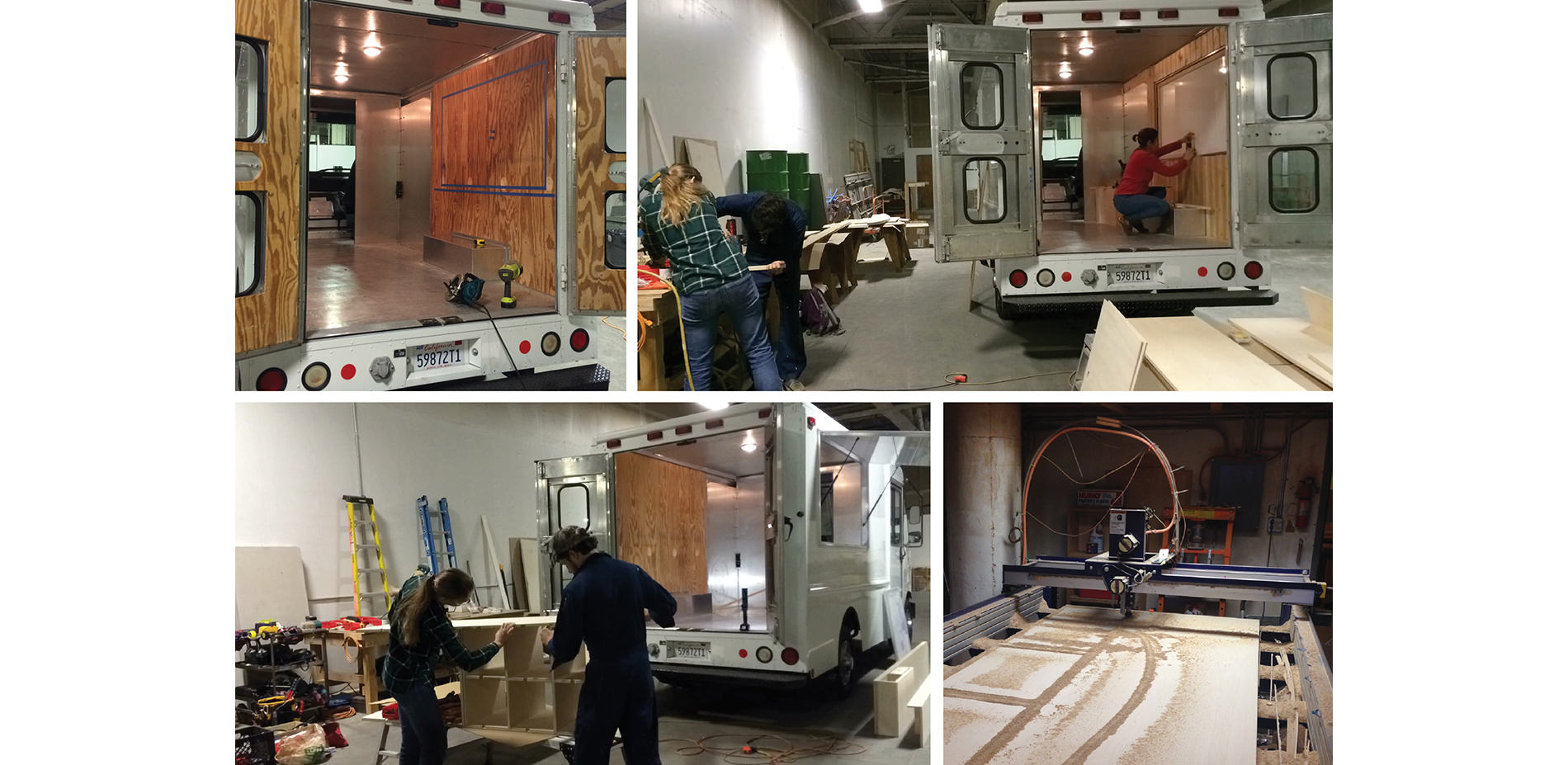
BUILD PROCESS
The landscape architects (who are also mobile interiors enthusiasts) completed the design and build-out of both Roving Ranger vehicles. In each one we incorporated local and historical artifacts and raw materials, such as windfell trees. Some parts were machined with a CNC router.
Photo Credit: BASE Landscape Architecture
Media: Please submit high-resolution image requests to images@asla.org.
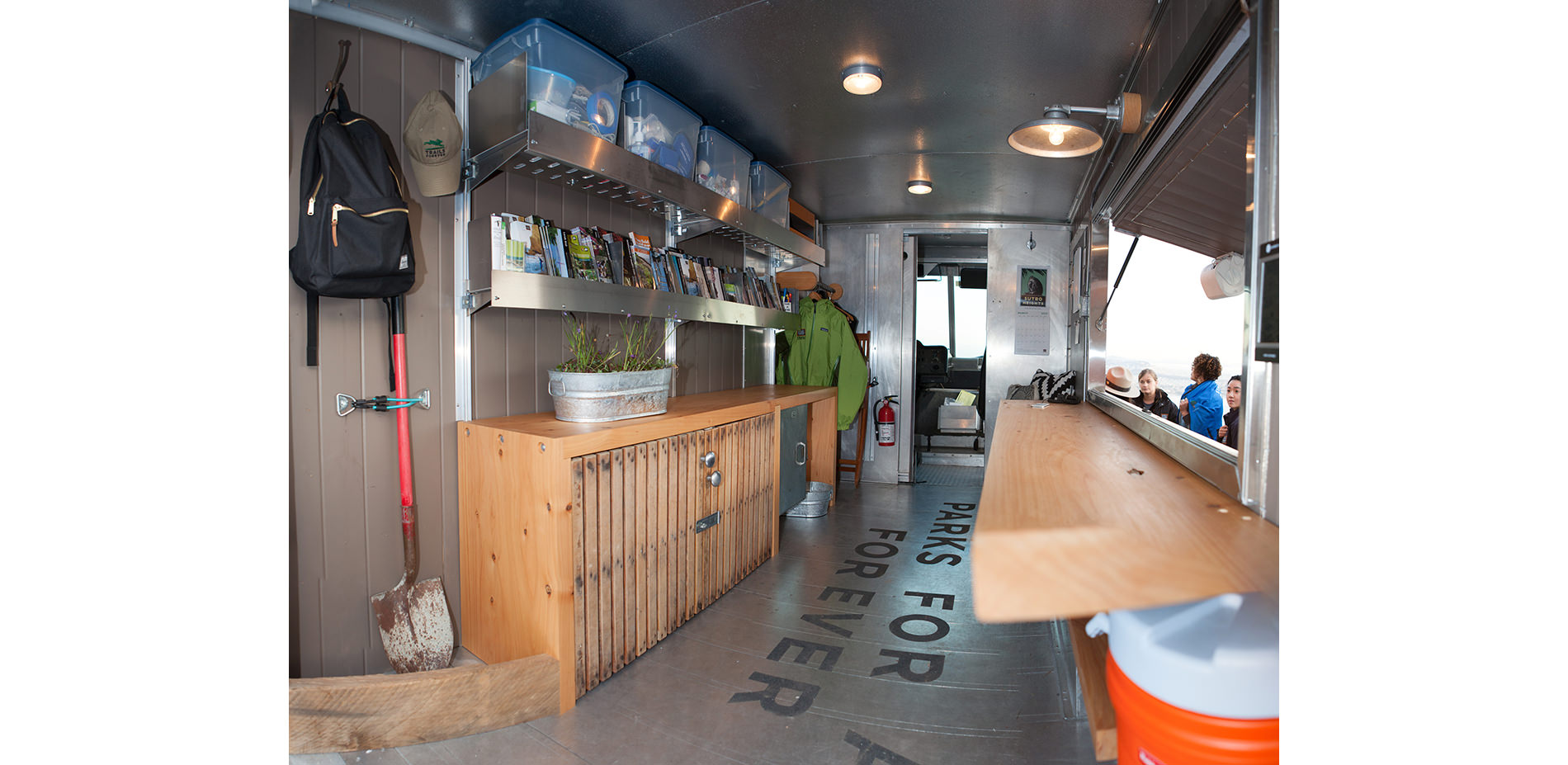
INTERIOR
The Rangers incorporate stories and physical objects from the local environment and history to tell the story of the parks within the community.
Photo Credit: Erin Halasz
Media: Please submit high-resolution image requests to images@asla.org.
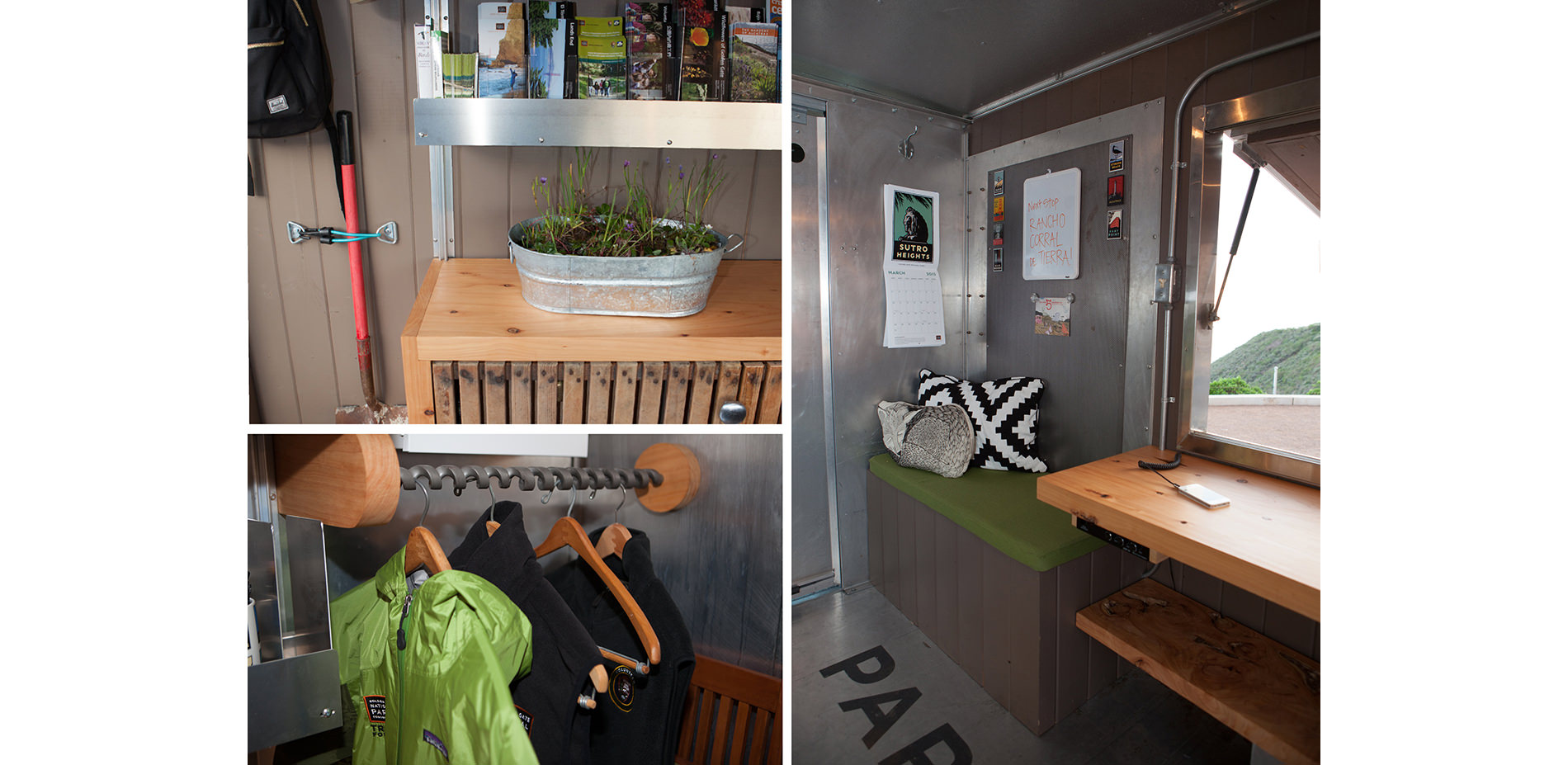
INTERIOR
For the Bay Area’s Roving Ranger, we made a coat rack using antique drill bits, a cabinet from an auto-clave from San Francisco’s Presidio hospital, and desks and cabinetry from a fallen cypress tree.
Photo Credit: Ben Fash
Media: Please submit high-resolution image requests to images@asla.org.
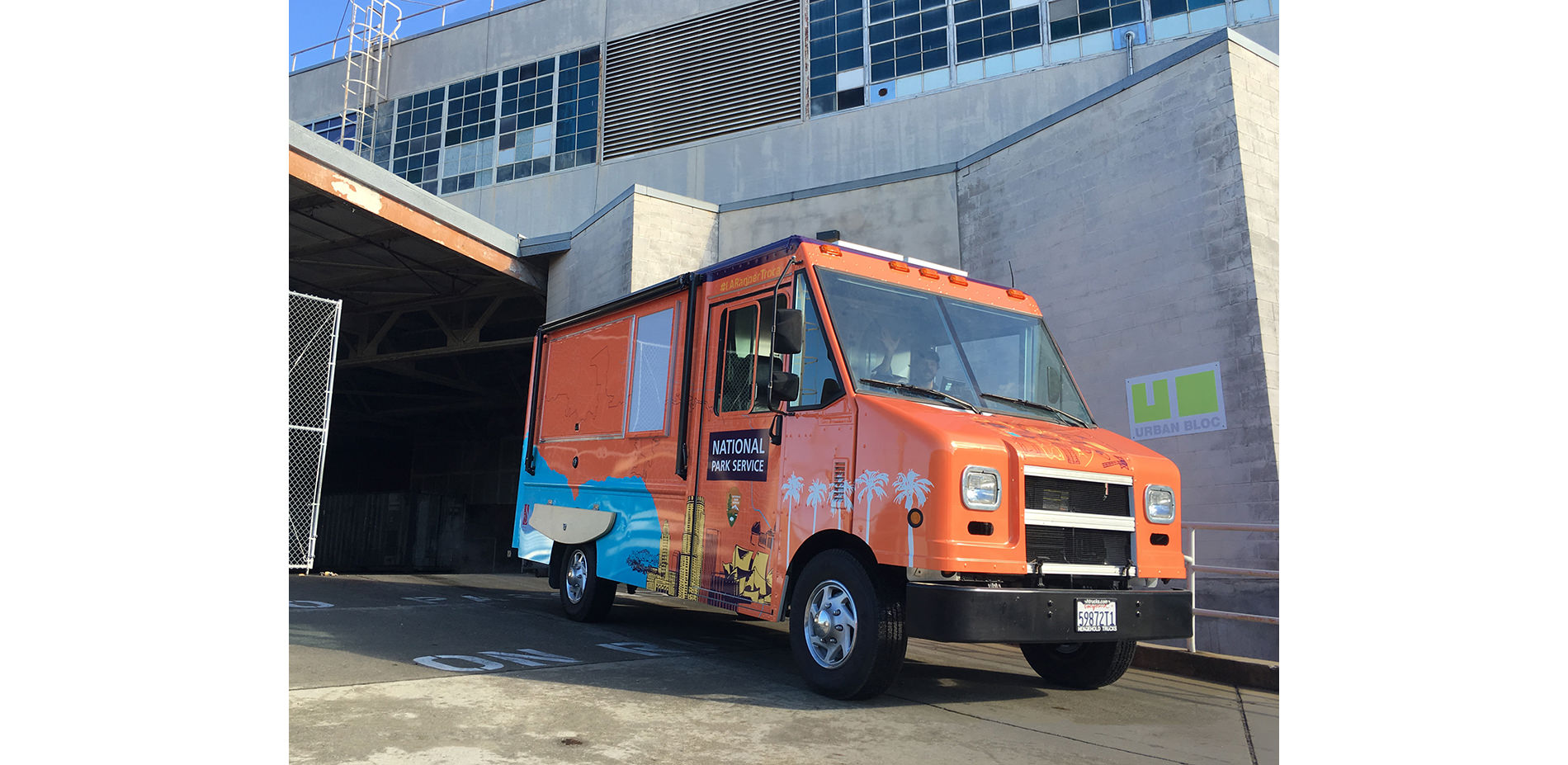
READY TO HIT THE STREETS
This completed LA Ranger Troca is ready to roll down to Los Angeles for its debut in the Rose Bowl Parade.
Photo Credit: Ben Fash
Media: Please submit high-resolution image requests to images@asla.org.
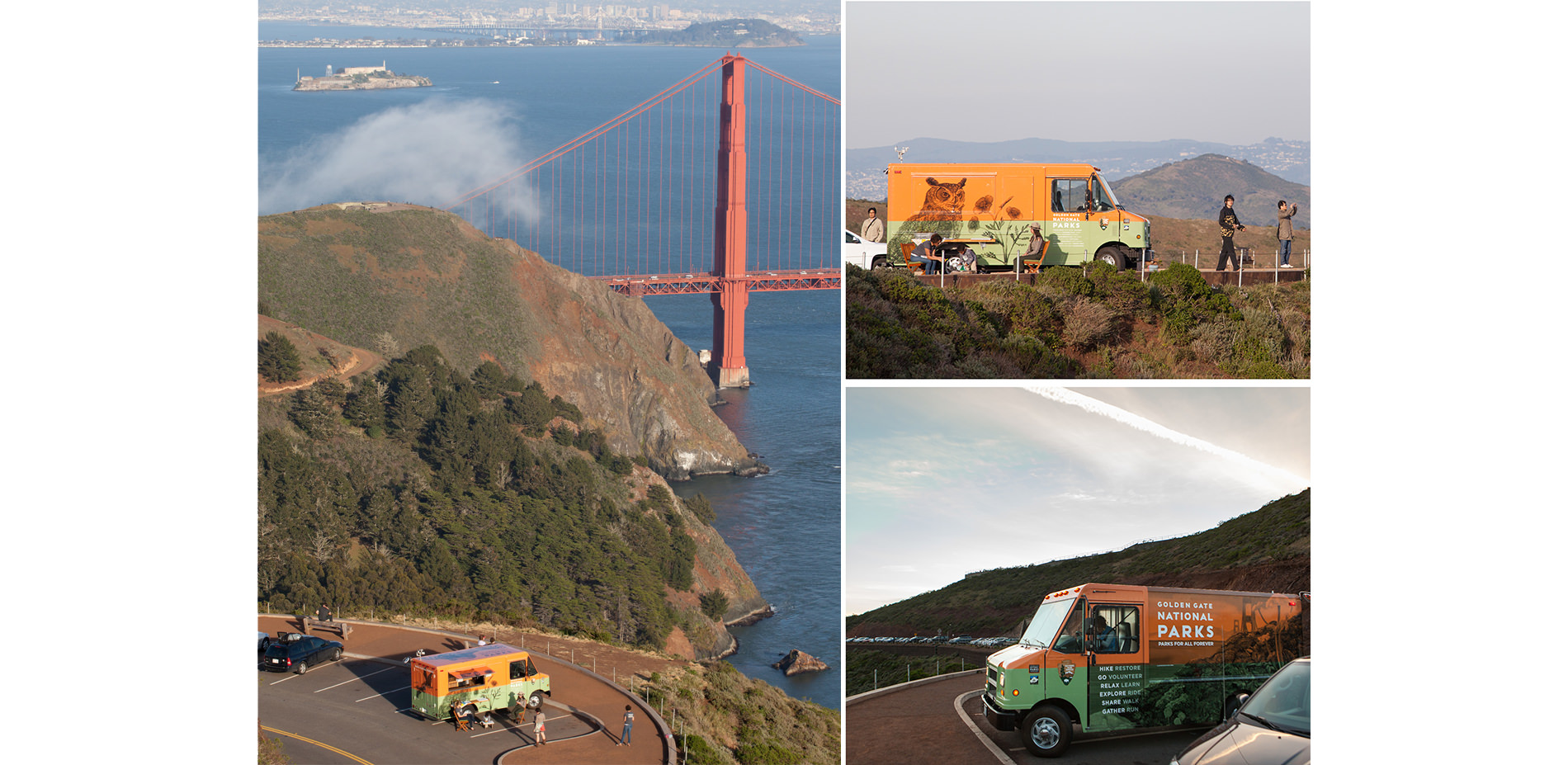
OUTREACH, ANYWHERE
As mobile vehicles, the Roving Rangers allow for outreach anywhere, reaching a more diverse range of people than often visit national parks.
Photo Credit: Ben Fash
Media: Please submit high-resolution image requests to images@asla.org.
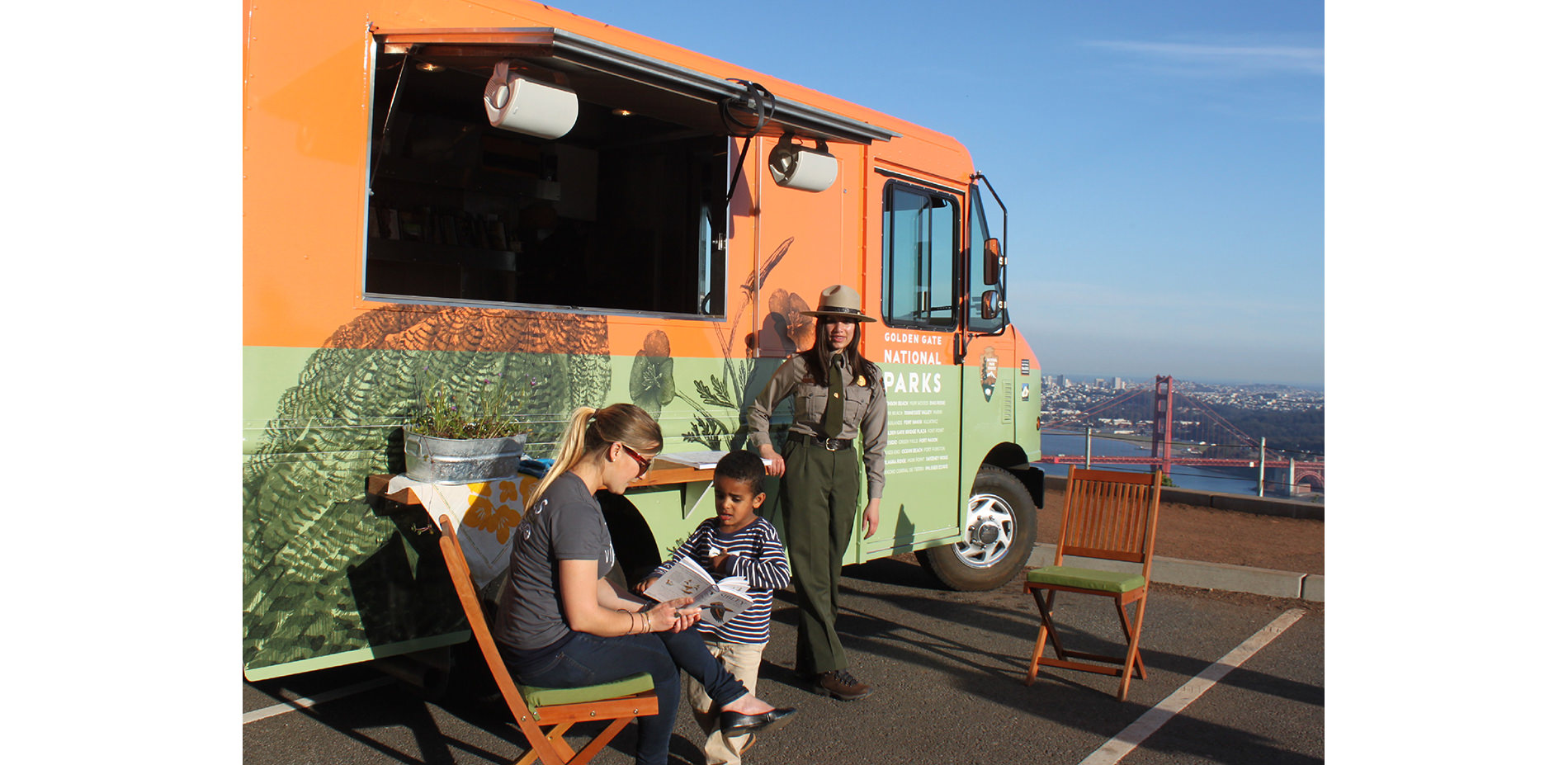
EXTERIOR
The Roving Ranges are magnets for those seeking information and fun activities.
Photo Credit: Ben Fash
Media: Please submit high-resolution image requests to images@asla.org.
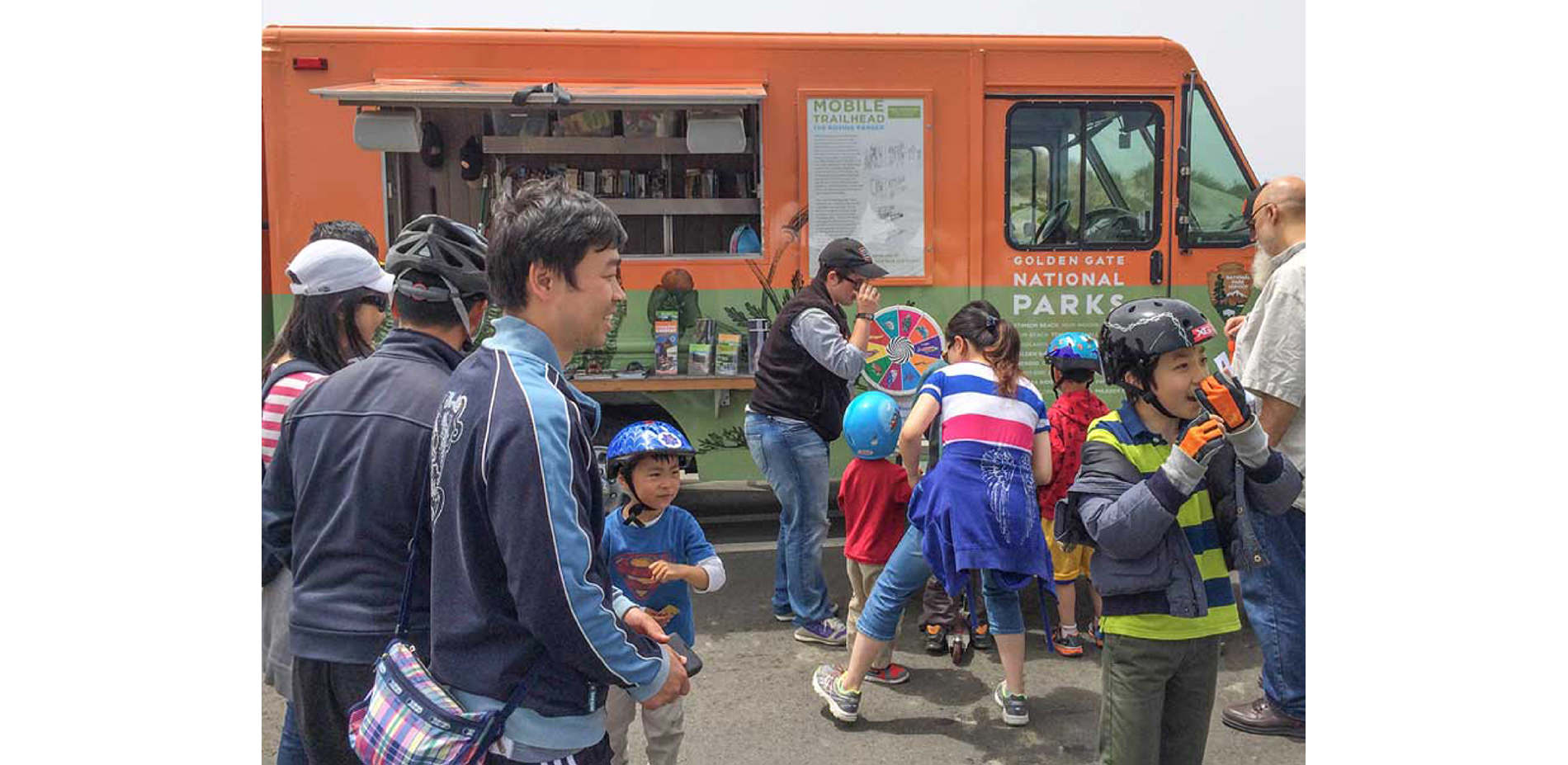
OUTREACH
Games and hands-on activities engage people of all ages at Roving Ranger outreach events.
Photo Credit: Ben Fash
Media: Please submit high-resolution image requests to images@asla.org.
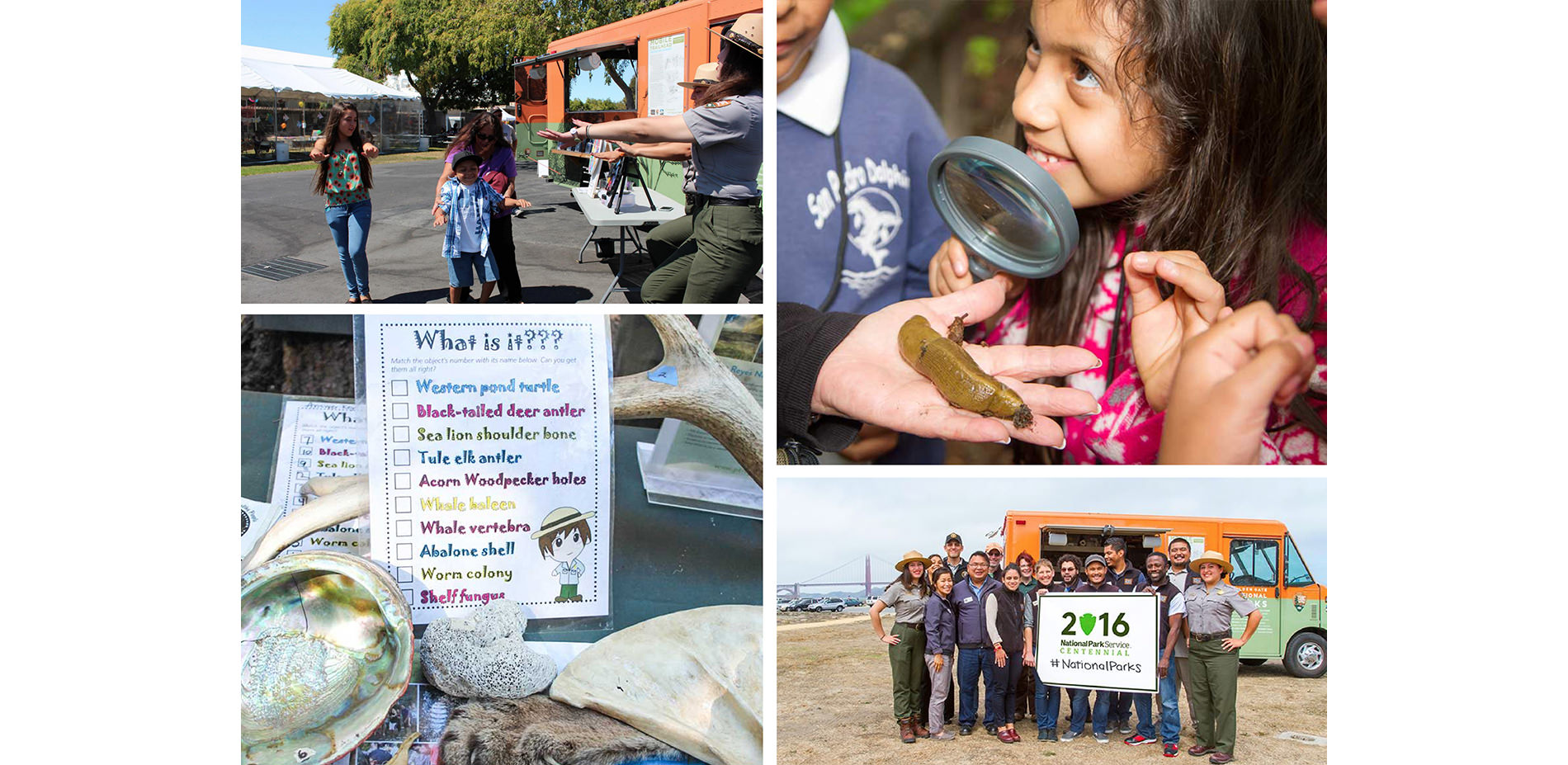
OUTREACH
Most of the interaction between rangers and their audiences takes place in front of the window. We designed the Roving Rangers so that the experience could be accessible to all.
Photo Credit: Golden Gate National Parks Conservancy, One Tam, and Sue Gardner
Media: Please submit high-resolution image requests to images@asla.org.
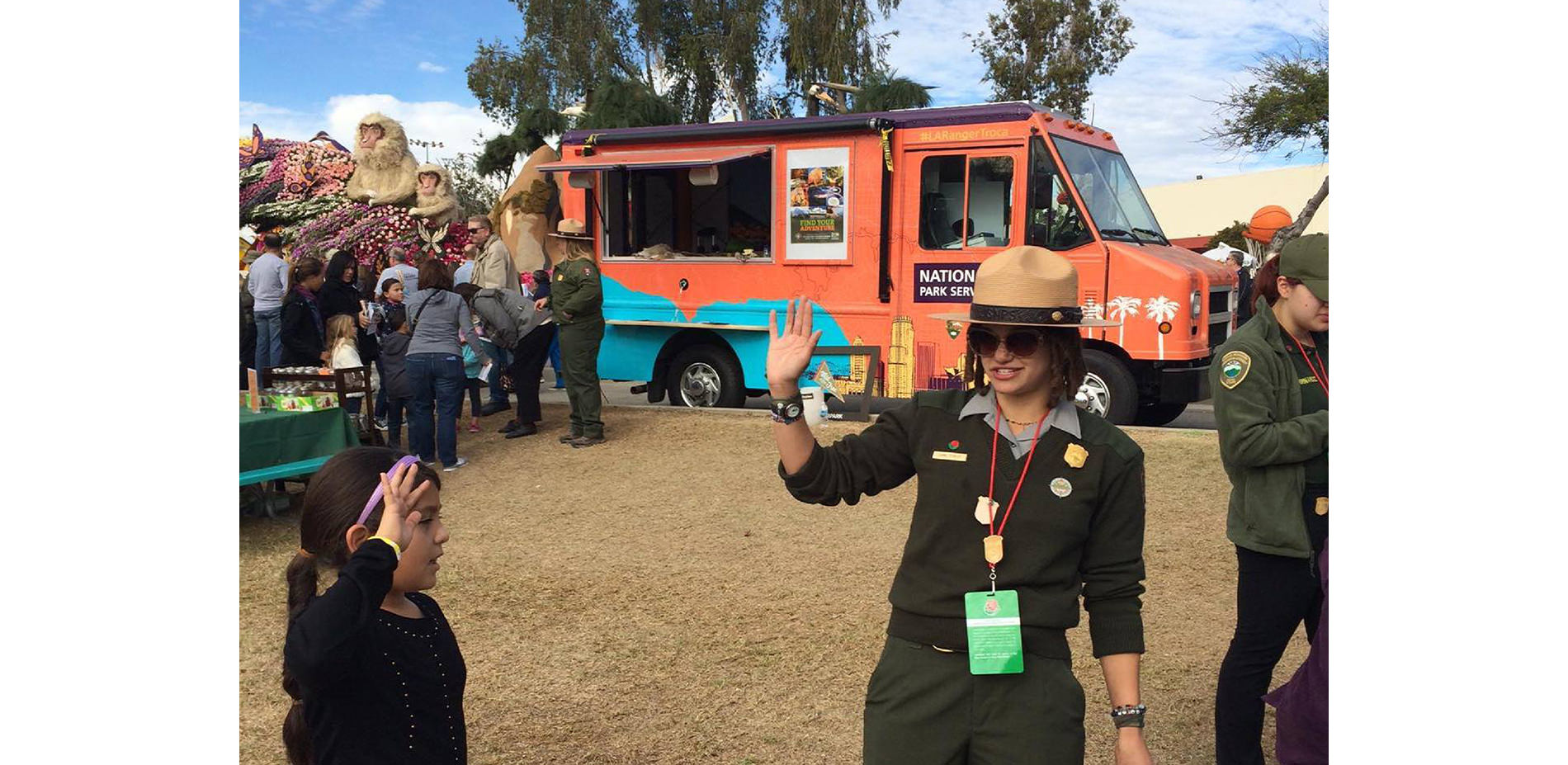
OUTREACH
LA Ranger Troca made its debut at the 2016 Tournament of Roses, where it helped swear in 14,000 new Junior Rangers.
Photo Credit: Golden Gate National Parks Conservancy and Instagram
Media: Please submit high-resolution image requests to images@asla.org.
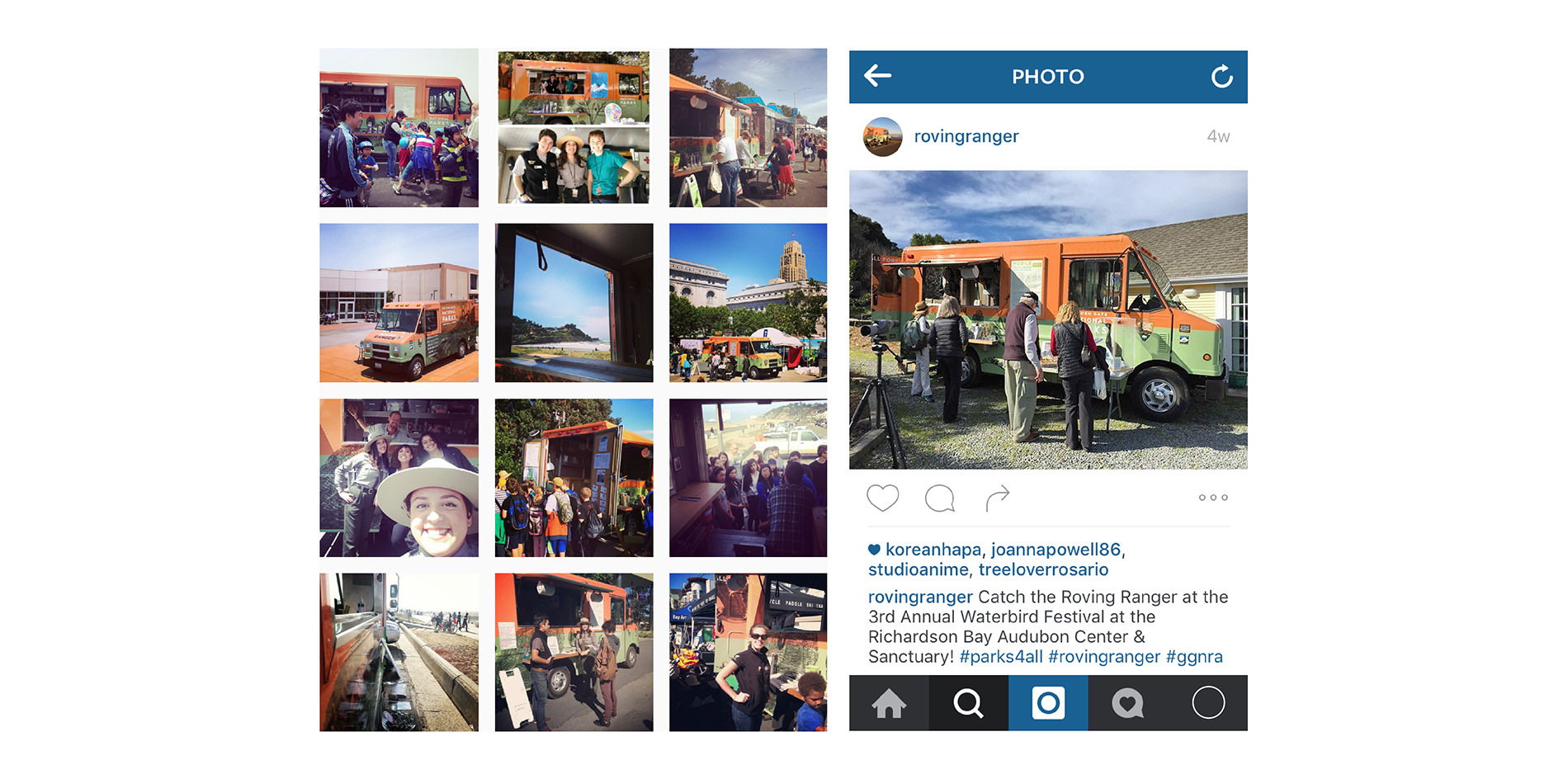
OUTREACH
Whether out and about or on social media, the Roving Rangers attract big crowds and big love.
Photo Credit: Golden Gate National Parks Conservancy and Instagram
Media: Please submit high-resolution image requests to images@asla.org.
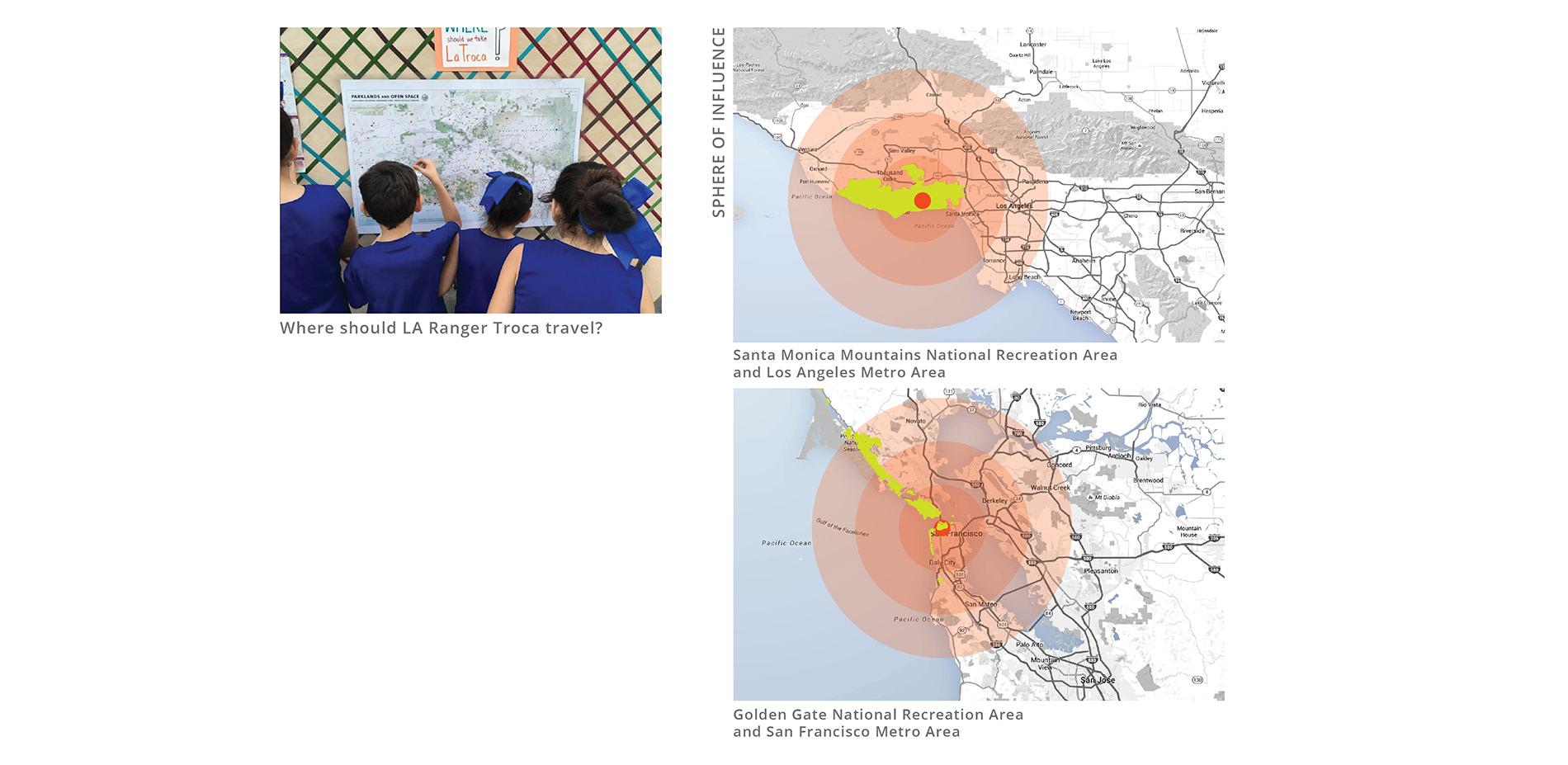
IMPACT
Taking the Park’s rangers, resources and programs into the community, we can directly reach students in schools, seniors in senior centers, parents in playgrounds, and many other people in many other places.
Photo Credit: Santa Monica Mountains Fund and BASE Landscape Architecture
Media: Please submit high-resolution image requests to images@asla.org.
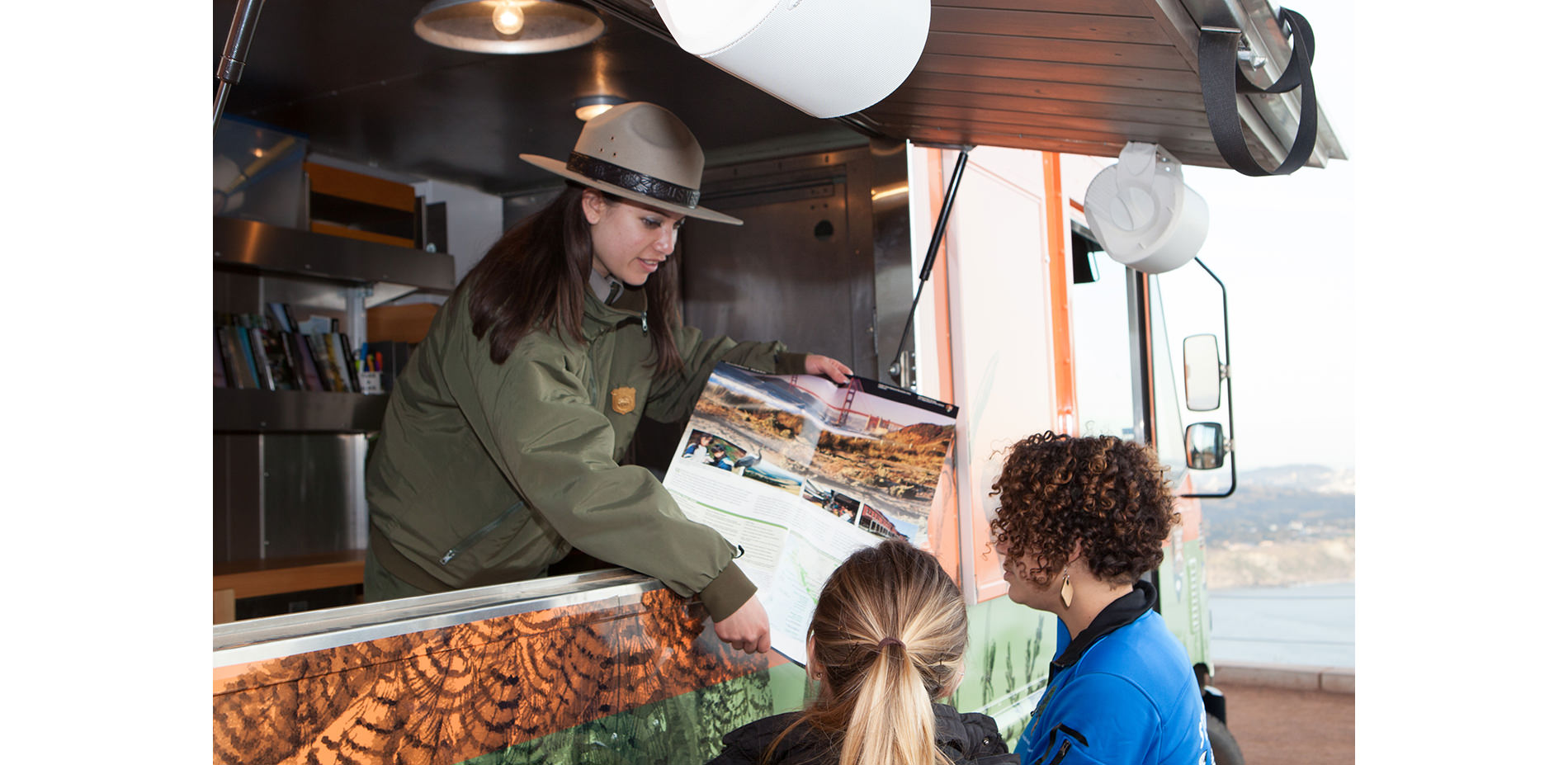
EXTERIOR
Bright and fun, the food-truck-inspired exteriors of the Roving Rangers are designed to grab people’s attention and draw them toward the activity. Their custom-designed vehicle wraps feature bold colors and emblems of the local landscape, such as a spotted owl for the Bay Area and a mountain lion for LA.
Photo Credit: Ben Fash
Media: Please submit high-resolution image requests to images@asla.org.


















